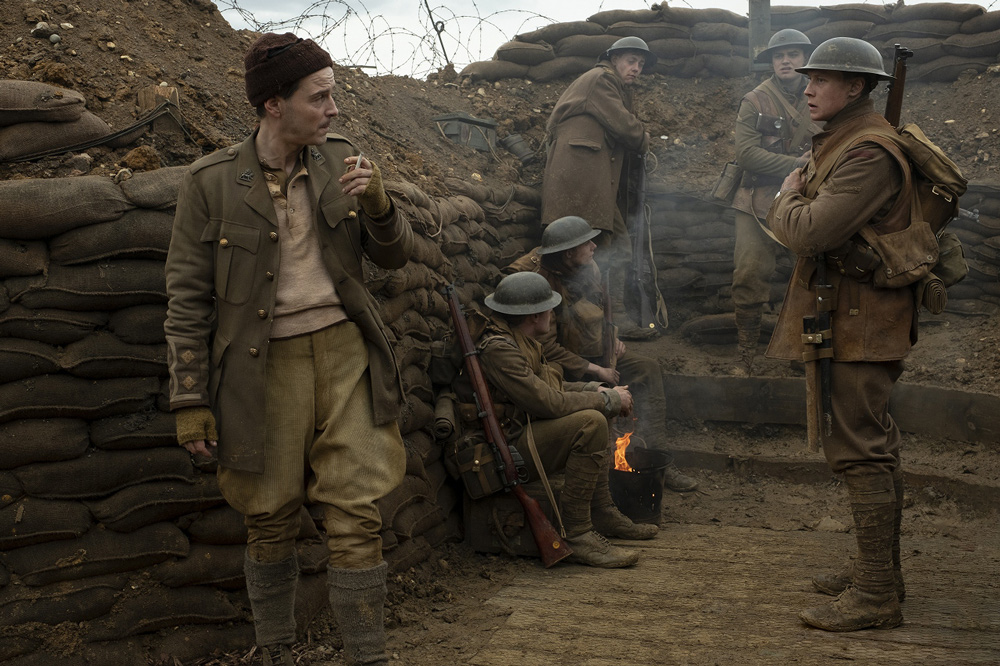![The key shooting style is to have the camera in the background of the story. Director of Photography Roger Deakins "1917" [Director's Interview Vol.54]](https://cinemore.jp/images/ab8ec3cac94b3b42bf4cca47c293319a38be7069e893c8a05752d9187da0bd2d.jpg)
*Left: Roger Deakins Right: Director Sam Mendes (c)Photofest / Getty Images
The key shooting style is to have the camera in the background of the story. Director of Photography Roger Deakins "1917" [Director's Interview Vol.54]
``1917'' created an overwhelming sense of realism with its amazing one-shot footage. Cinematographer Roger Deakins won an Academy Award for Best Cinematography for this film. How did Deakins create a video that would be difficult to shoot even by imagination? We spoke to Deakins himself.
Index
The camera stays in the background of the story
Q: What did you think when director Sam Mendes told you that you would do a one-shot film?
No, no, I wasn't even told (laughs). The cover of the script that Sam gave me said, ``This script is written to be shot in one shot,'' and it was only when I saw it that I realized what Sam's intentions were. So, the answer to your question is, "Is Sam for real?!" (laughs) So I gingerly read the script and thought, ``I see,'' and after talking with Sam, I was able to come to terms with it. To be honest, at first I was worried that it might be too gimmicky, but I've come to believe that this style of photography is essential to this story.
Q: In the case of one-shot videos, I think you often use a style that makes the audience aware of this. An example of this would be `` Birdman (or The Unexpected Miracle of Ignorance)' ' (14), for which Emmanuel Lubezki was in charge of the camera. However, this work is the opposite. The camera is not intrusive. Why did you choose this style?
Actually, I've never really talked to Sam about shooting style (lol). However, I think he originally intended to take pictures with a handheld camera. When I worked with Sam for the first time on `` Jarhead '' (2005), I was running around the set holding a handy camera throughout the entire movie. This time, we started with a simple storyboard based on the script, and when we started discussing the concept, we both realized that the style should be more formal.

I didn't want the audience to be conscious of the camera, and if I did that, they would be focused on the camera and wouldn't be able to get into the story or the characters. Also, as with all of my other works, my ideal style is for the cinematography to not stand out and stay in the background of the story. In other words, the key shooting style for this film is that the camera is placed in the background of the story.
Q: That's a bit surprising. Because I feel like your photography always stands out in a good way.
No, what's important in movies is the story. Cinematography should color and enrich the story, not overwhelm it. If that happens, I will have to quit this job.
Q: No, I mean it enriches the content of the movie by about 100 times.
Yeah, that would be great. I don't have to quit yet (lol).

